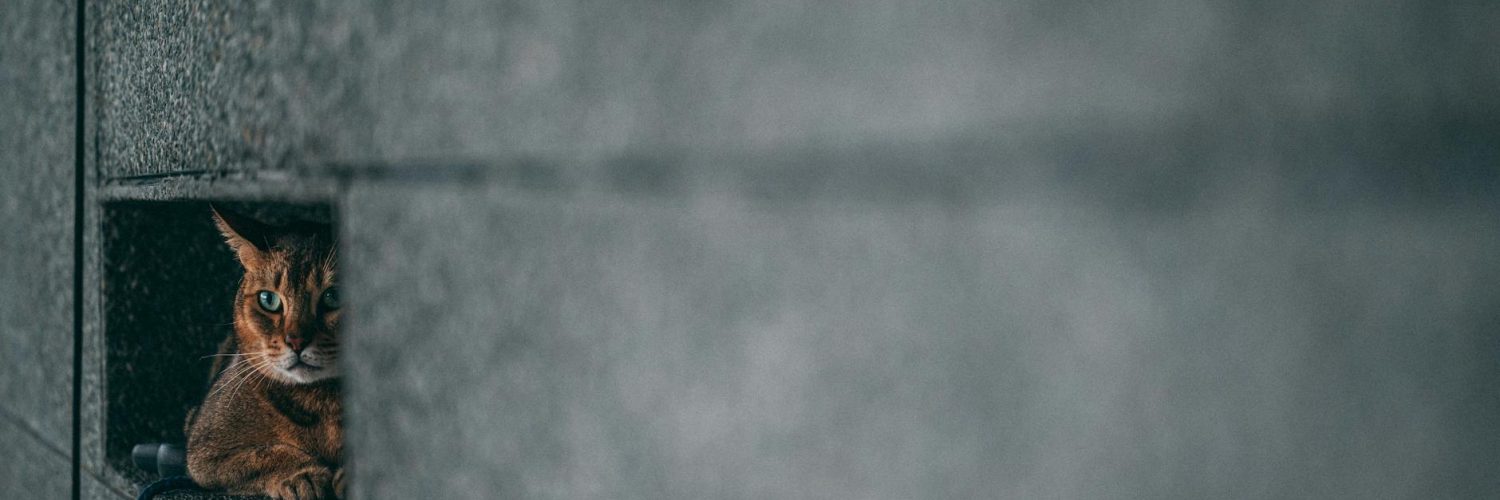Geschichte wird, wie man so schön sagt, von den Siegern geschrieben. Aber selbst die Version der Sieger lässt oft die chaotischen, überraschenden und geradezu bizarren Details aus, die die Vergangenheit so viel faszinierender machen, als es die verstaubten Lehrbücher vermuten lassen. Lassen Sie uns in einige historische Momente eintauchen und den Vorhang über die oft übersehenen Nuggets der Wahrheit und die unerwarteten Wendungen, die unsere Welt geprägt haben, lüften.
Die große Melasseschwemme: Eine heikle Situation
15. Januar 1919, in Boston. Kommt Ihnen das nicht bekannt vor? Sollte es aber. An diesem Tag ereignete sich die große Melasseflut, ein überraschend katastrophales Ereignis, bei dem, Sie ahnen es, eine riesige Menge Melasse im Spiel war. Ein riesiger Lagertank mit einem Fassungsvermögen von 2,3 Millionen Litern des süßen, sirupartigen Stoffes explodierte und schickte eine Melassewelle - Berichten zufolge 25 Fuß hoch - durch die Straßen von Bostons North End. Der daraus resultierende Tsunami der Klebrigkeit forderte 21 Menschenleben und 150 weitere Verletzte.
Was bei den kurzen Erwähnungen dieses Ereignisses oft übersehen wird, ist die schiere Absurdität der Ursache. Es stellte sich heraus, dass der Tank schlecht konstruiert war und über seine sichere Kapazität hinaus betrieben worden war. Es handelte sich nicht um eine Naturkatastrophe, sondern um einen vorhersehbaren Industrieunfall. Augenzeugenberichte zeichnen ein Bild des puren Chaos: Menschen wurden mitgerissen, Gebäude stürzten unter der Last der klebrigen Welle ein, und die Straßen verwandelten sich in einen mit Melasse bedeckten Sumpf. Die Aufräumarbeiten waren eine gewaltige Aufgabe, und die klebrigen Rückstände blieben noch monatelang zurück.
Über die unmittelbare Verwüstung hinaus zeigt die Große Melasseflut die oft übersehenen Gefahren industrieller Nachlässigkeit und die menschlichen Kosten, die entstehen, wenn man dem Profit den Vorrang vor der Sicherheit gibt. Sie erinnert uns daran, dass es in der Geschichte nicht nur um große Kriege und politische Umwälzungen geht, sondern auch um die alltäglichen Tragödien, die unsere Städte und unser Gedächtnis prägen, und um die überraschend klebrigen Tragödien.
Der seltsame Fall der tanzenden Pest von 1518
Reisen wir nun zurück ins Jahr 1518, nach Straßburg im Elsass (dem heutigen Frankreich). Bereiten Sie sich auf eine Geschichte vor, die noch seltsamer ist als die Melasseflut. Im Juli jenes Jahres begann eine Frau unkontrolliert auf den Straßen zu tanzen. Sie tanzte tagelang, dann wochenlang, ohne aufzuhören. Und dann schlossen sich ihr andere Menschen an. Bald waren Hunderte von Menschen von einem Massenanfall von unkontrolliertem Tanzen erfasst, ein Phänomen, das heute als Tanzpest bekannt ist.
In Lehrbüchern wird das Thema, wenn überhaupt, oft als Massenhysterie abgetan. Die Wahrheit ist jedoch viel komplexer und potenziell beunruhigender. Es gibt verschiedene Theorien, die von einer Mutterkornvergiftung (ein Pilz, der Halluzinationen und Krämpfe verursachen kann) bis hin zu einer psychogenen Massenerkrankung reichen. Aber das Fehlen definitiver Antworten macht die tanzende Pest umso faszinierender. Stellen Sie sich den schieren Schrecken und die körperliche Erschöpfung vor, die diese Menschen erlebt haben müssen, die unablässigen, unwillkürlichen Bewegungen, die wahrscheinlich zu Verletzungen und sogar zum Tod führten. Es ist ein erschreckender Einblick in eine Zeit, in der das medizinische Wissen begrenzt war und unerklärliche Ereignisse oft übernatürlichen Kräften zugeschrieben wurden.
Die tanzende Pest ist nicht nur eine skurrile historische Fußnote, sondern eine ernüchternde Erinnerung an die Zerbrechlichkeit des menschlichen Geistes und Körpers im Angesicht des Unbekannten und an die Bedeutung des Verständnisses der Komplexität physischer und psychischer Krankheiten. Was war die Bedeutung der industriellen Revolution?
Das Verschwinden der Roanoke-Kolonie: Ein Mysterium, das noch immer verfolgt
Im späten 16. Jahrhundert versuchten die Engländer, Kolonien in der Neuen Welt zu gründen. Ein solches Unterfangen, die Roanoke-Kolonie, fand ein mysteriöses Ende. Als im Jahr 1590 ein Versorgungsschiff eintraf, war die Kolonie verlassen. Der einzige Hinweis, der zurückblieb, war das in einen Pfosten geritzte Wort "Croatoan".
Was geschah mit den Kolonisten? In den Lehrbüchern finden sich oft vage Erklärungen, die auf Konflikte mit den amerikanischen Ureinwohnern oder auf Krankheiten hindeuten. Aber die Wahrheit ist, dass wir es einfach nicht mit Sicherheit wissen. Das Fehlen endgültiger Antworten hat jahrhundertelang Spekulationen und Verschwörungstheorien genährt. Assimilierten sie sich an einen amerikanischen Ureinwohnerstamm? Wurden sie durch eine Krankheit ausgerottet? Wurden sie angegriffen? Das Rätsel um das Verschwinden der Roanoke-Kolonie ist ein eindrucksvolles Beispiel dafür, wie selbst gut dokumentierte historische Ereignisse unbeantwortete Fragen zurücklassen können und uns zwingen, uns mit den Grenzen unseres Wissens und der bleibenden Macht des Unbekannten auseinanderzusetzen.
Dieses anhaltende Rätsel erinnert uns daran, dass Geschichte nicht nur eine Ansammlung von sauber gelösten Erzählungen ist. Manchmal sind die fesselndsten Geschichten diejenigen, die ungelöst bleiben und uns dazu bringen, Annahmen zu hinterfragen und uns mit den dauerhaften Geheimnissen der Vergangenheit auseinanderzusetzen.
Der Mechanismus von Antikythera: Antike Technologie, die ihrer Zeit voraus ist
Der Antikythera-Mechanismus, der 1901 aus einem römischen Schiffswrack geborgen wurde, ist ein Wunderwerk der antiken griechischen Technik. Dieses komplizierte Gerät aus dem 2. Jahrhundert v. Chr. ist im Wesentlichen ein analoger Computer, der in der Lage ist, astronomische Phänomene vorherzusagen, darunter die Positionen von Sonne, Mond und Planeten. Es ist ein Zeugnis für die Raffinesse der antiken griechischen Technologie und übertrifft bei weitem das, was viele für die damalige Zeit für möglich gehalten hätten.
Was bei den Erklärungen in den Lehrbüchern oft übersehen wird, ist die schiere Komplexität des Mechanismus. Es dauerte Jahrzehnte, die komplizierten Zahnräder, Zifferblätter und Inschriften vollständig zu entziffern. Das für die Konstruktion eines solchen Geräts erforderliche mathematische und ingenieurtechnische Wissen ist erstaunlich und gibt Anlass zu laufenden Forschungen und Diskussionen über seine Ursprünge und Fähigkeiten. Es stellt unsere vorgefassten Meinungen über die technologischen Fähigkeiten antiker Zivilisationen in Frage und zeigt die Genialität der Köpfe, die vor Tausenden von Jahren lebten.
Die Geschichte des Mechanismus von Antikythera ist eine wichtige Erinnerung daran, dass der Fortschritt nicht immer linear verläuft. Es gab in der Vergangenheit Zeiten unglaublicher Innovation, auch wenn diese Zeiten oft von späteren Fortschritten überschattet werden. Sie fordert uns auf, unser Geschichtsverständnis zu überdenken und den Erfindungsreichtum früherer Generationen zu würdigen.
Dies sind nur einige Beispiele für die unerwarteten Wendungen, die die Geschichte so faszinierend machen. Indem wir die weniger diskutierten Details, die kuriosen Geschichten und die unbeantworteten Fragen erforschen, gewinnen wir ein umfassenderes, differenzierteres Verständnis der Vergangenheit und ihrer anhaltenden Bedeutung für unsere Gegenwart. Wenn Sie also das nächste Mal ein Geschichtsbuch aufschlagen, denken Sie daran, hinter die Schlagzeilen zu blicken und die verborgenen Schätze zu erforschen, die in der Erzählung stecken.

























Kommentar hinzufügen